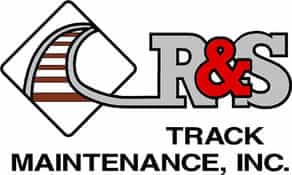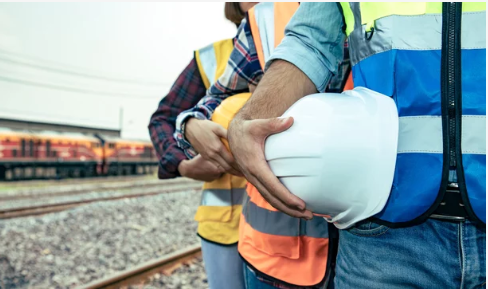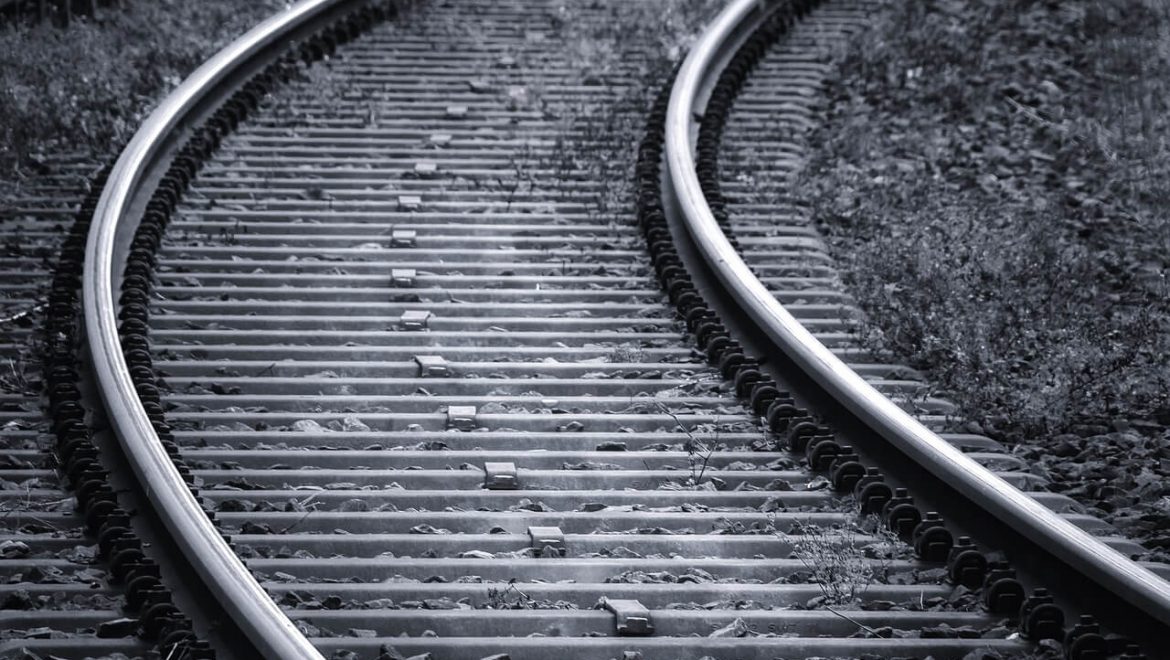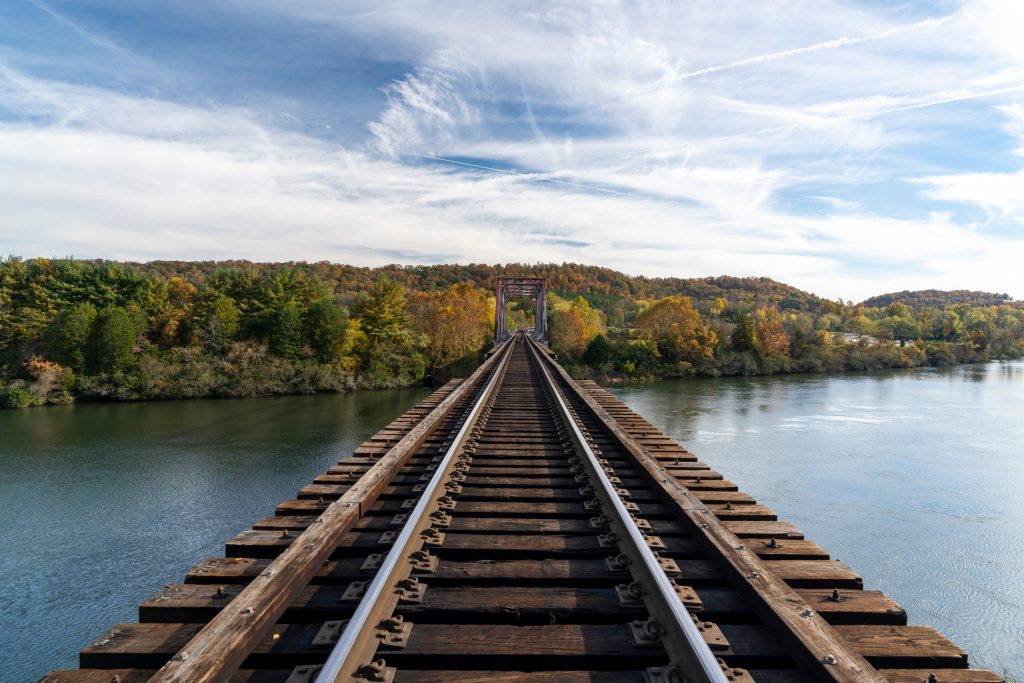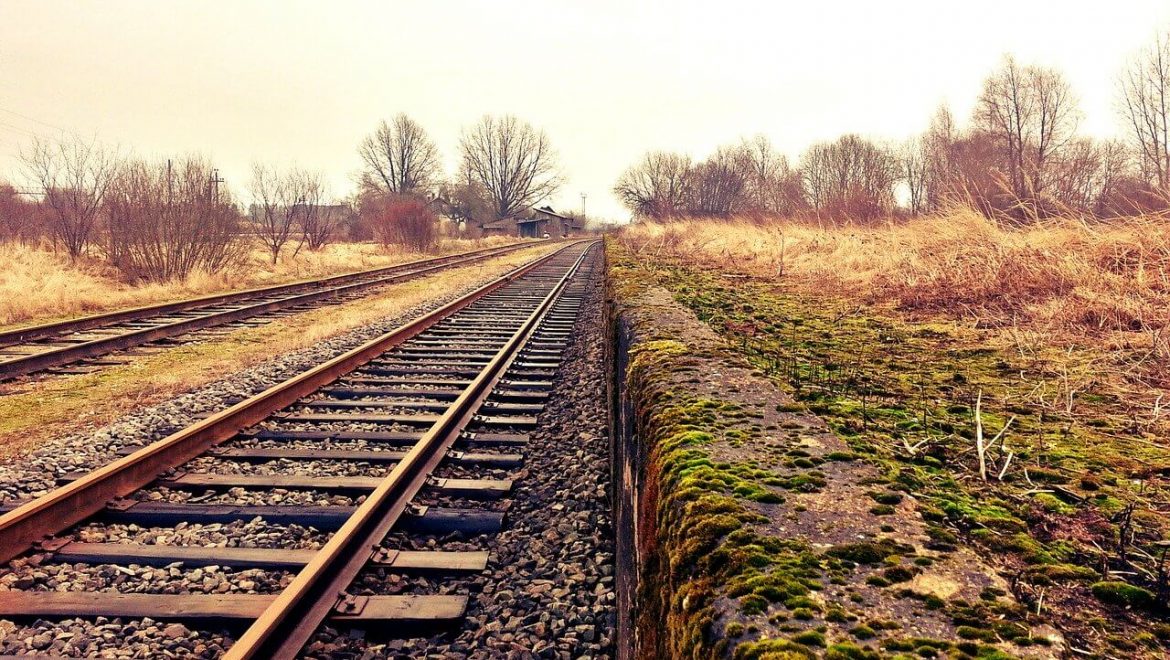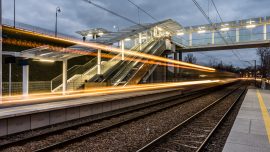Federal Government Updates New Railroad Testing Rules
We came across a piece of news regarding railroad safety recently that we think is of interest to anyone in the railroad construction field and interested in rail testing.
Late in August, the Federal Railroad Administration (FRA) announced it had updated its rules to allow railroads to use ultrasonic inspection technology — augmented with GPS — for continuous rail testing.
Continuous Rail Testing for Greater Safety
These updated rules will make it easier for railroads to test their rails more often and identify flaws, thus improving safety.
“This rule will allow railroads to use the latest technology to continually monitor safety, which is a big step forward in strengthening safety and reliability on our nation’s railroads,” U.S. Transportation Secretary Elaine L. Chao said in an FRA news release.
Thanks to this rule, rail testing vehicles can move without stopping along the track, thereby reducing the number of freight and passenger delays typically connected to inspections.
“Transportation Secretary Elaine L. Chao is a strong advocate for safety through innovation, and these modernized standards will allow railroads to implement innovative inspection methods without the burden of applying for individual waivers with well-established safety records,” FRA Administrator Ronald L. Batory said in the news release.
Over the past decade, the FRA has issued waivers to railroad engineering experts at larger companies to use this technology. It has led to a 27-percent decline in broken rail-caused train accidents between May 2019 and May 2020.
Giving all railroads the chance to use this technology can improve the safety record of the entire railroad industry.
These new regulations focus more on performance-based outcoming instead of dictating how companies carry out effective testing.
Rail Testing With New Technologies is the Future
According to the FRA, railroads will be expected to use established methods for required rail inspections but will also have the freedom to use new technologies and methods once they’re proven effective and safe.
Continuous rail testing uses cars outfitted with GPS and ultrasonic technologies examining rails internally and without stopping.
As they move along the track, these cars collect imaging and location data, which they then transmit to monitoring sites so analysts can identify internal rail defects. Depending on how serious the defect is, carriers have 36-84 hours to send out an on-site railroad inspector.
If the railroad inspector verifies the defect, federal regulations call for immediate action, whether that’s repairing or replacing the rail, slowing trains over the defect or taking the track out of service until repairs are made.
The original regulations required vehicles conducting ultrasonic rail tests to repeatedly stop and manually inspect possible defects within four hours.
These frequent starts and stops can slow down train traffic and delay passenger and freight lines and only allows for 20 miles of testing per day. With continuous rail testing, a railroad inspector can test four to eight times as many miles of track per day.
The FRA estimates that one rail car using continuous testing could replace as many as five stop-and verify cars, saving the industry nearly $122 million in 10 years.
We Offer Rail Testing for Midwest Railroads
Have you identified problem areas on your track? R & S Track can help. We pride ourselves on track maintenance and rehab for a variety of industries. Contact us today to learn more or to receive a price estimate.
